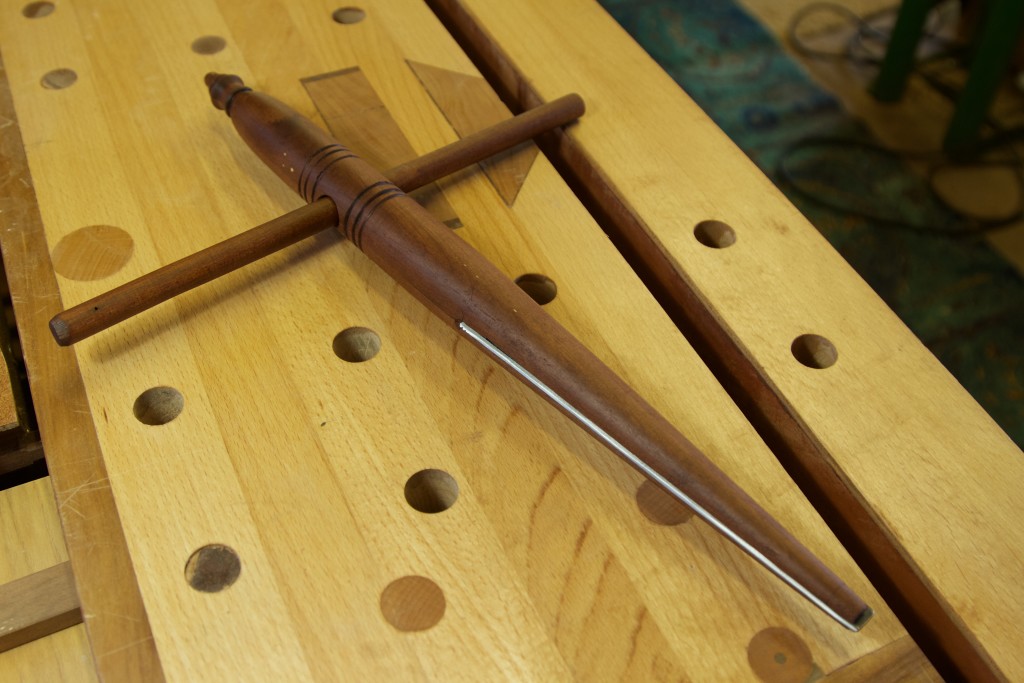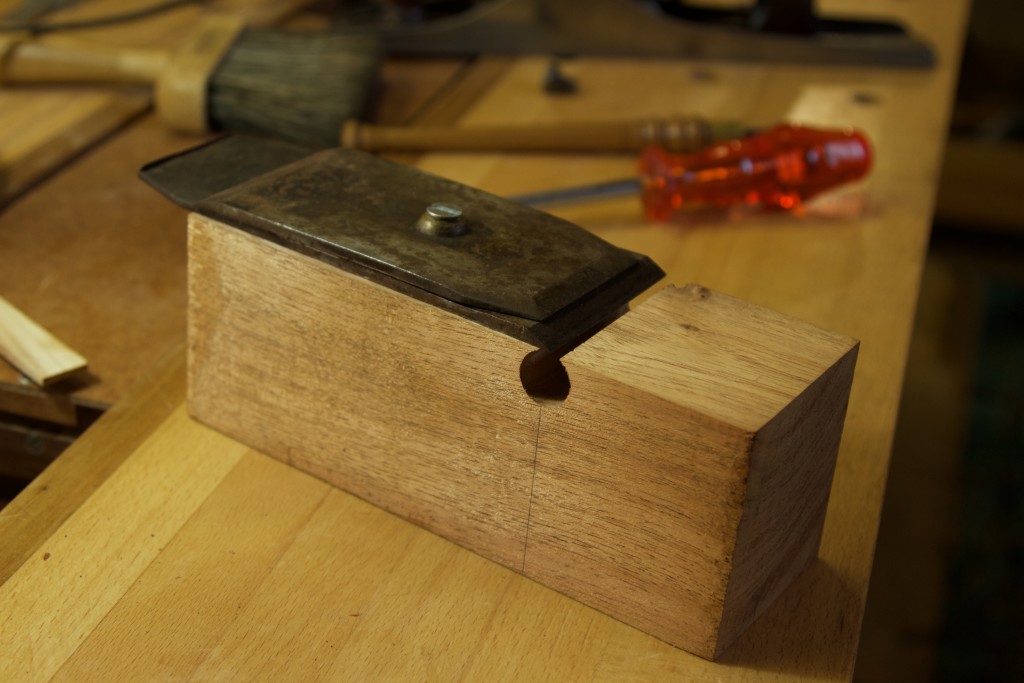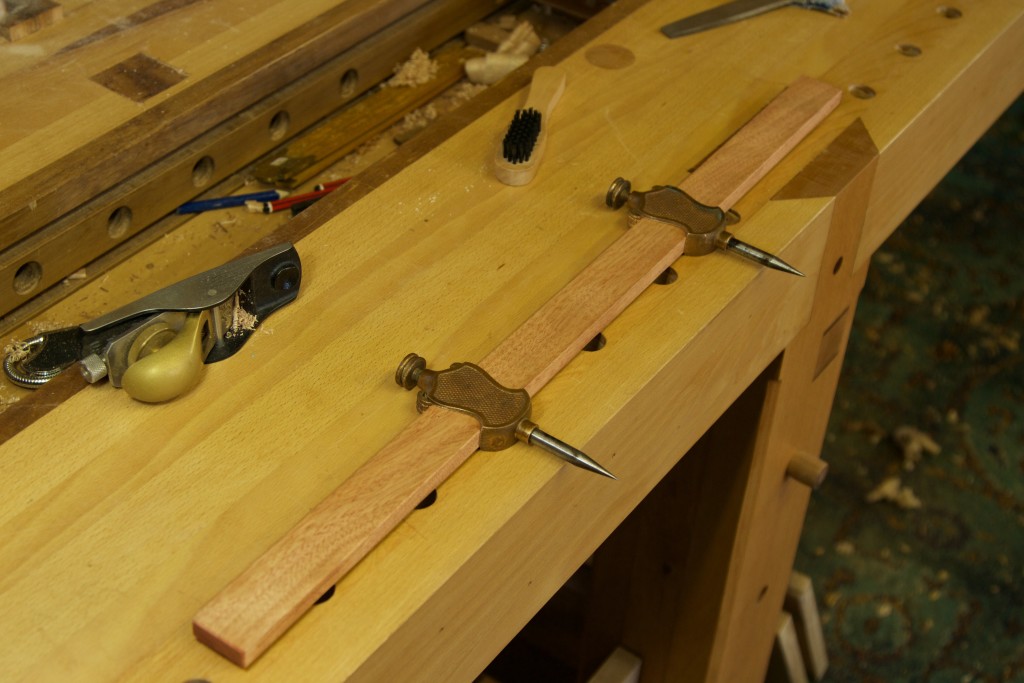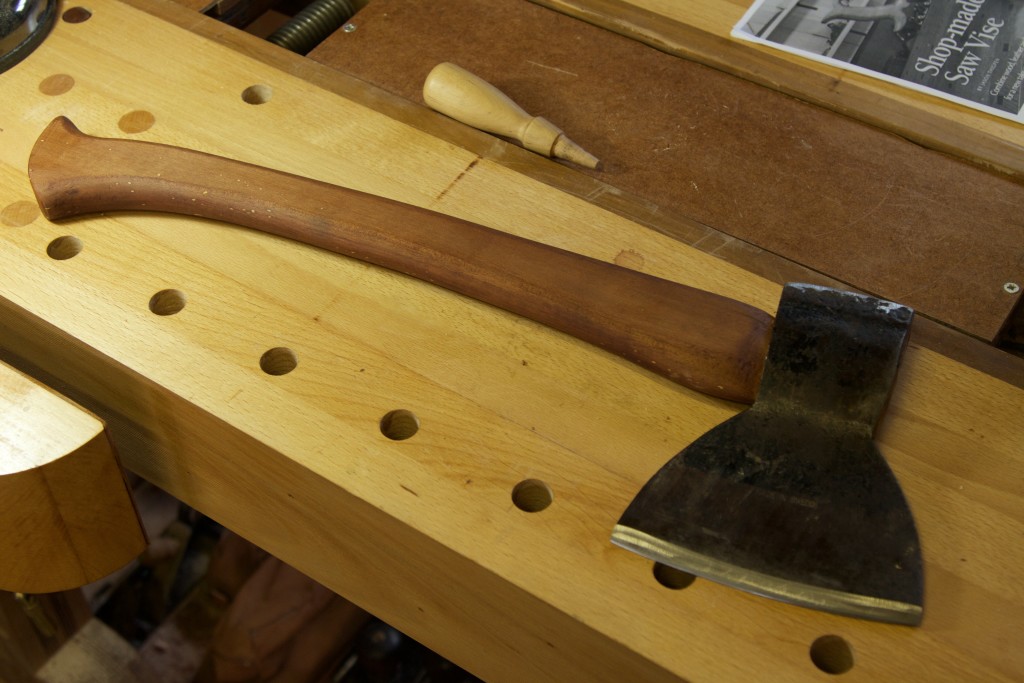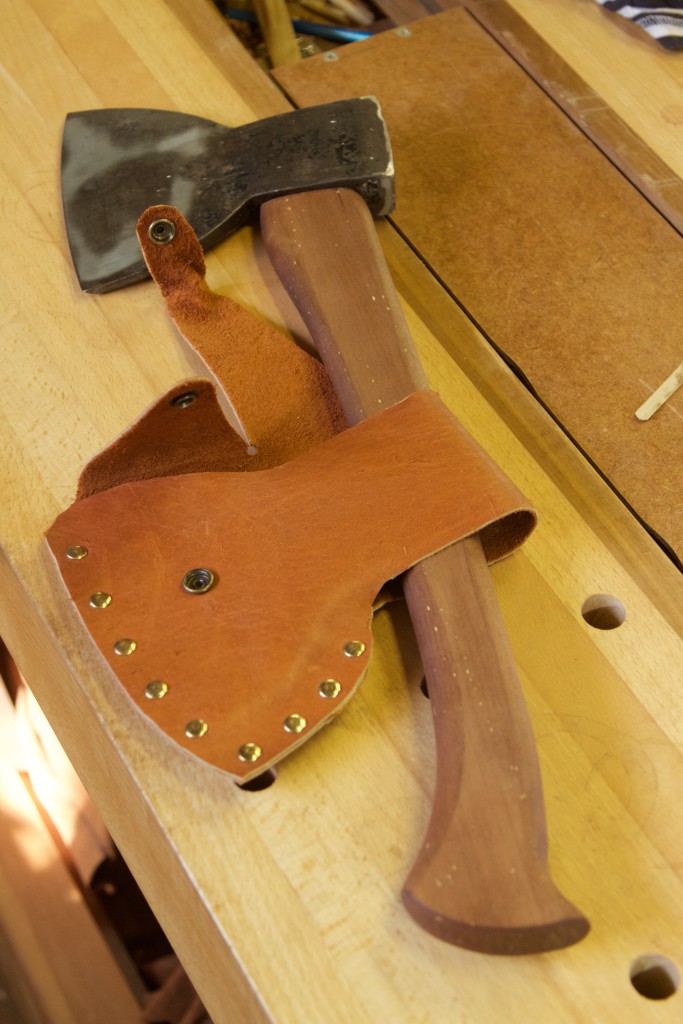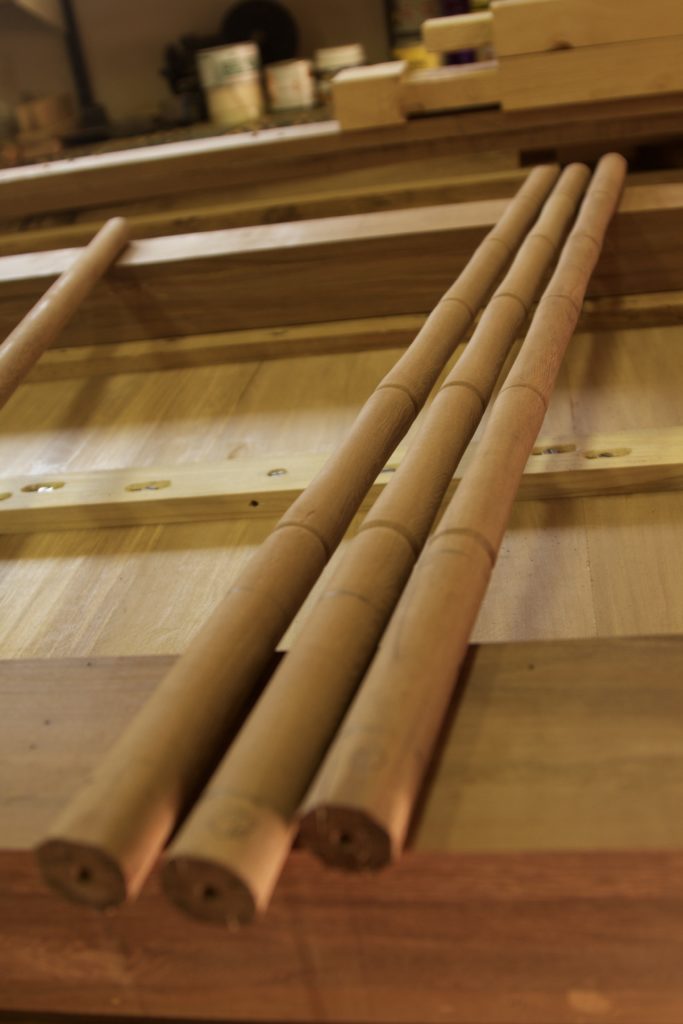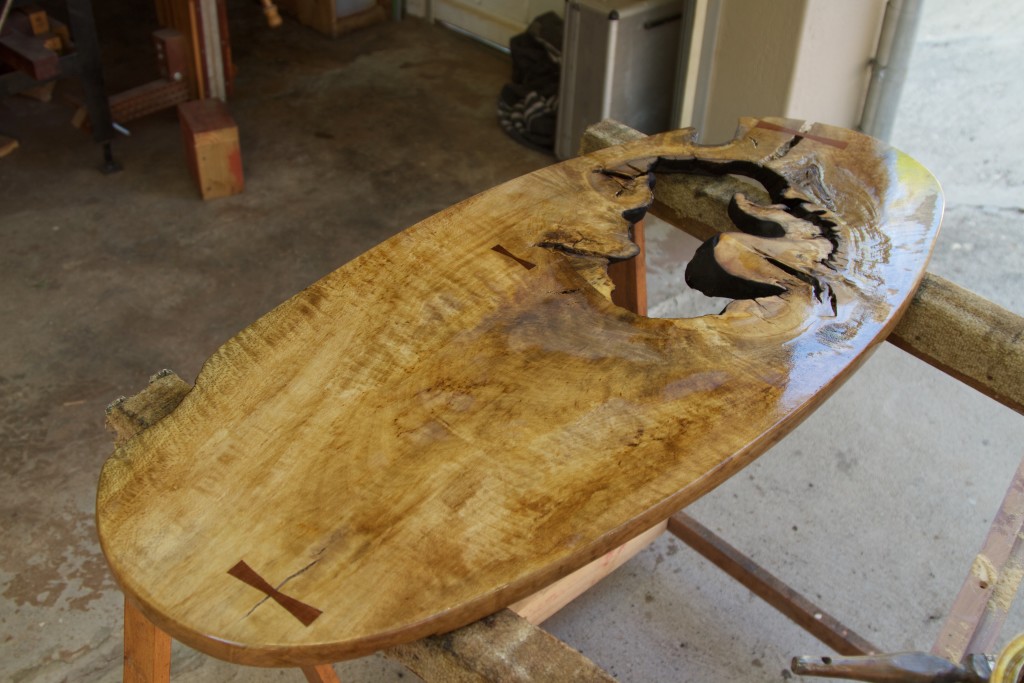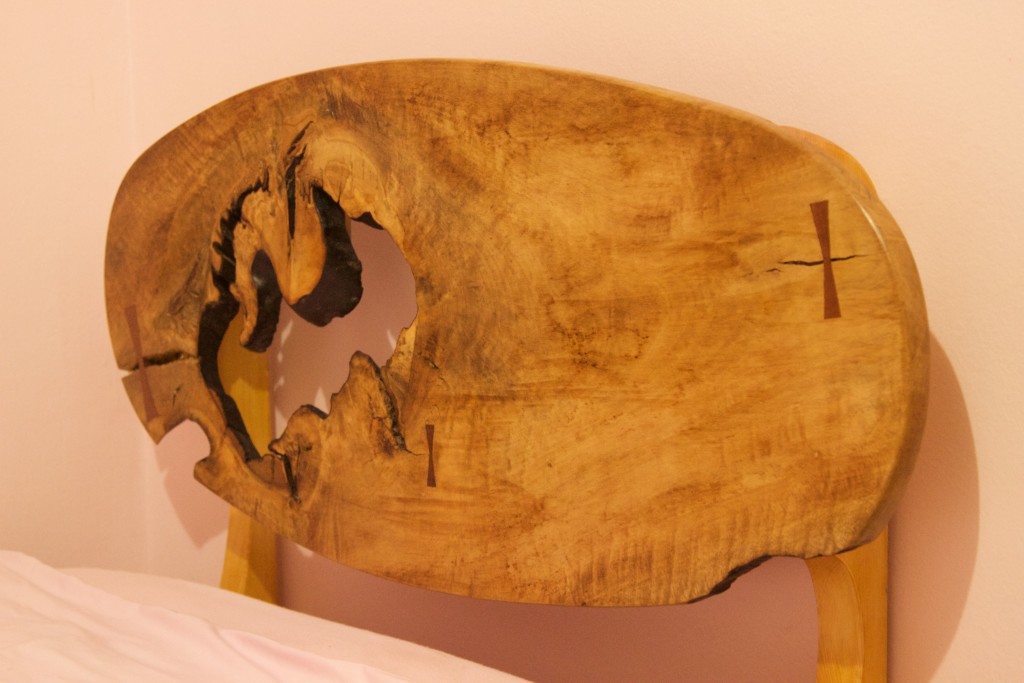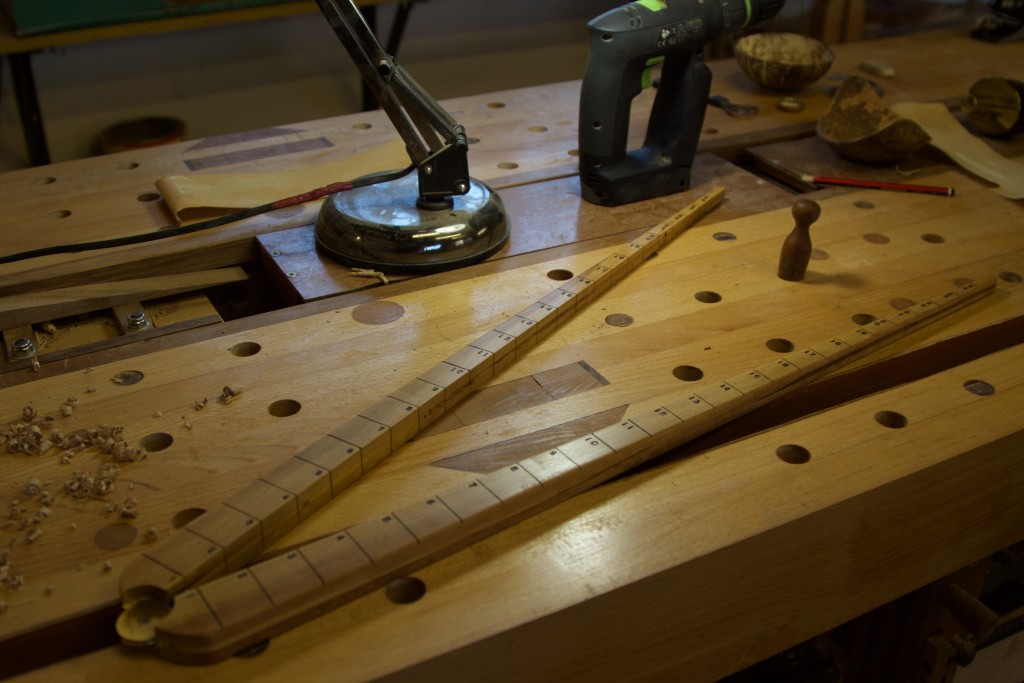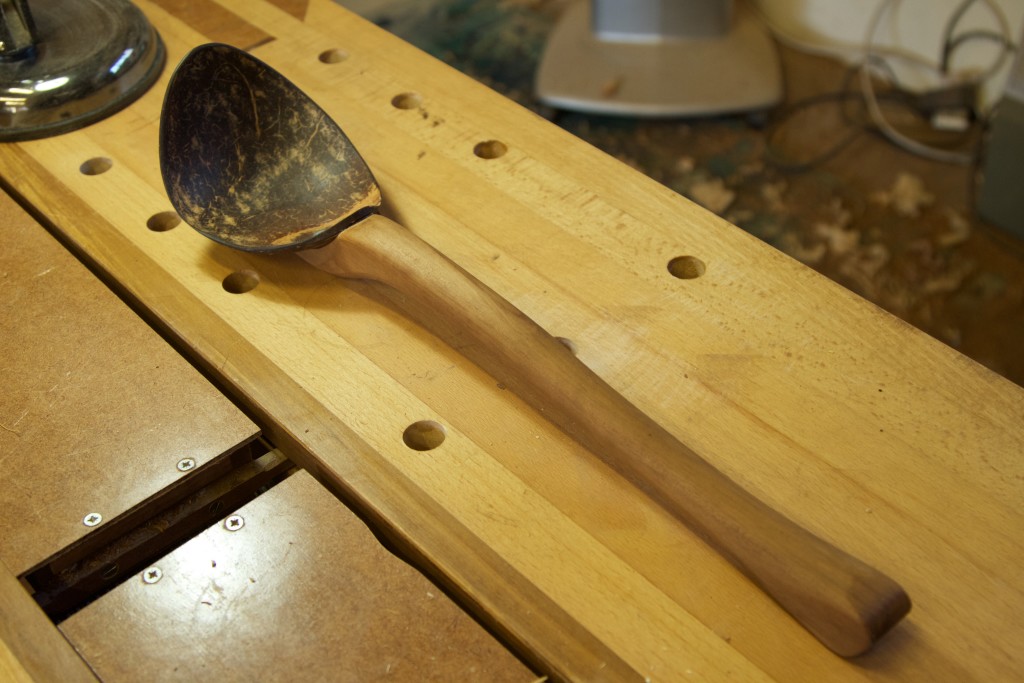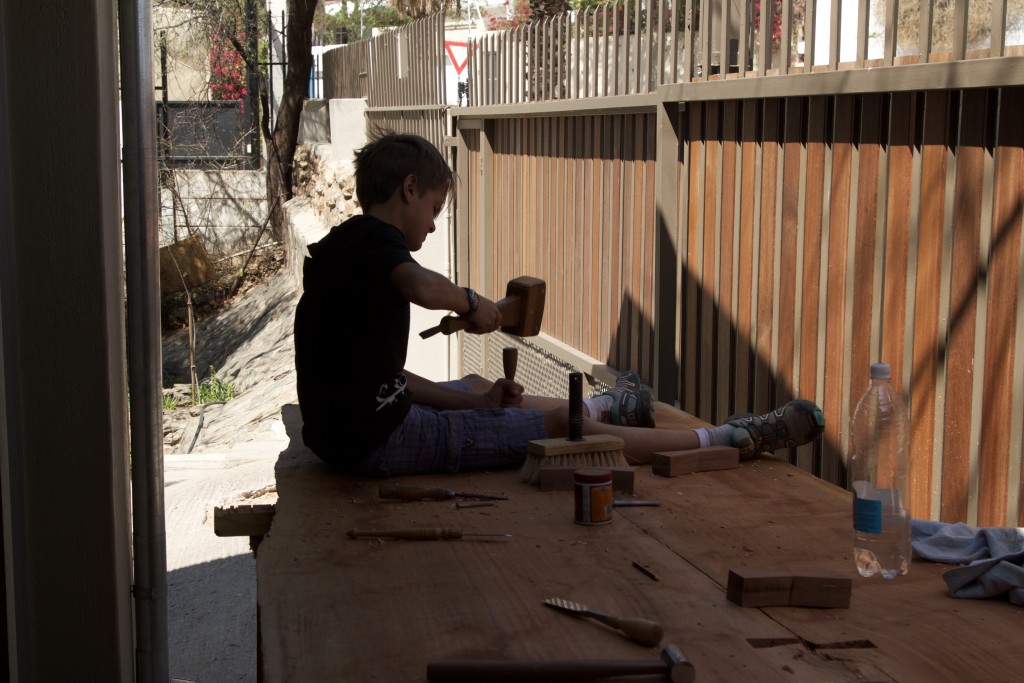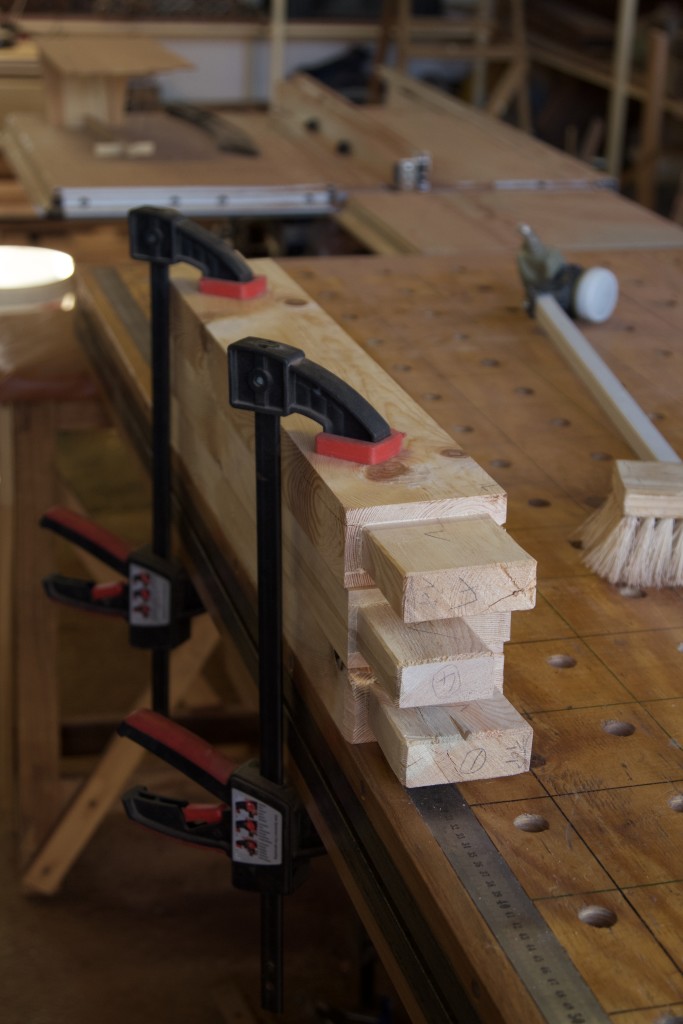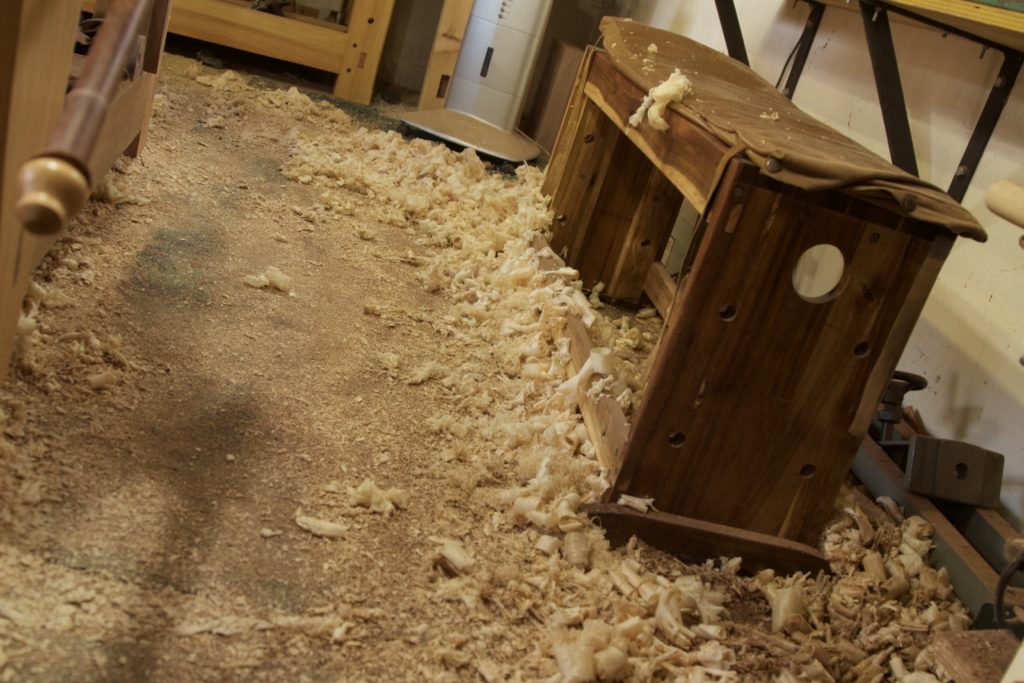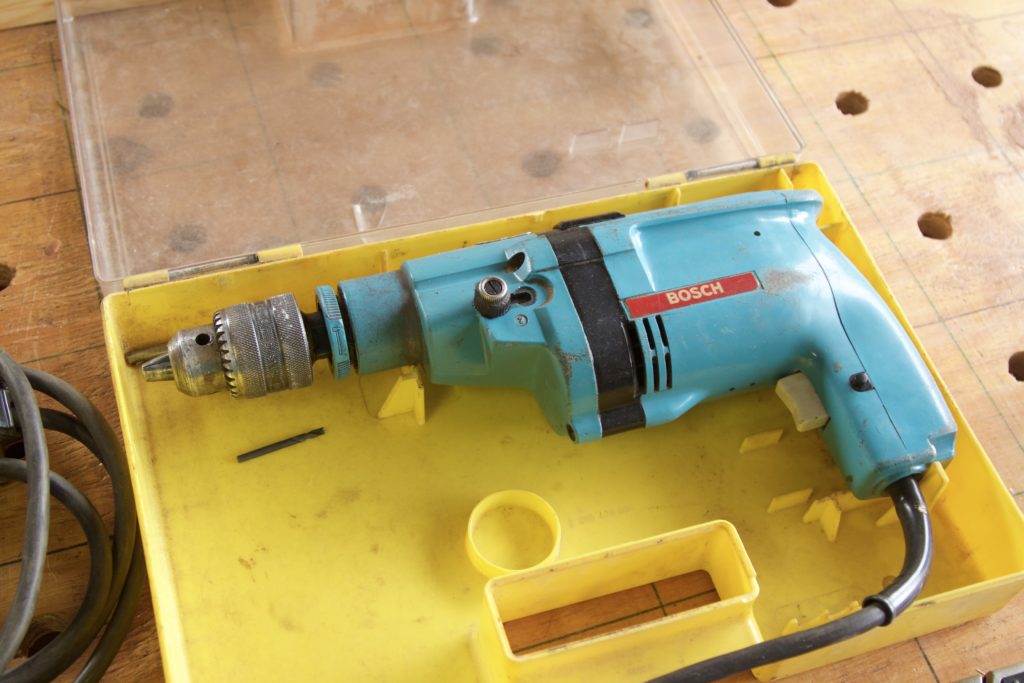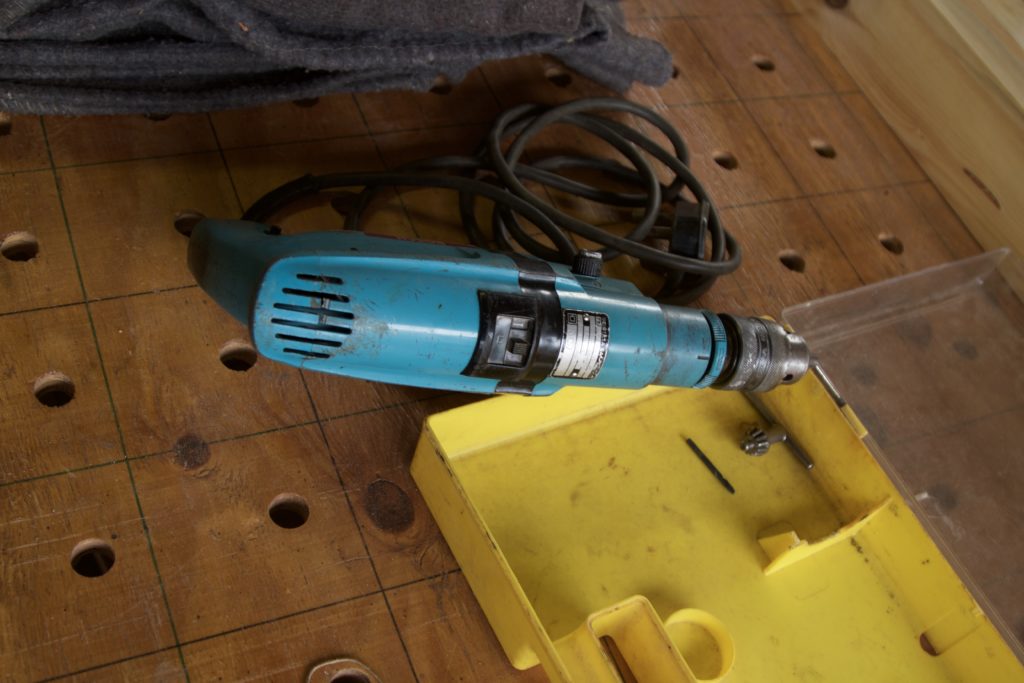16/11/2016
It is that time of year once again, to take stock of what happened in the Je ne sais quoi Woodworking shop during the past 11 months. As usual I will add links to the posts I wrote on all the projects in this annual inventory.
I started off 2016 with small projects to improve the shop and built a few key tools that would come in handy later in the year. This mitre box and saw did not need much rehabilitation, but did suck up a few hours to set up and tune. My good friend Bob Demers guided me through the process of tuning the saw for the mitre box and wrote an epic treatise on the topic. It is as easy as Falling out of a tree, if you know the principles.
After using my new bench for almost a year by January 2016, I made a few small adjustments. So far the bench is working exactly as I hoped and I am using 95% of the design features. Therefore it seems that the bench fits well with my particular way of working.
Upgrades to my split top Roubo bench
I already knew that a reamer and tenon cutter would be needed later in the year so I got stuck into it early on.
This set of trammel points were joined in holy matrimony.
A Swedish side axe head received a handle and sheath.
The most important project of the year actually started in 2015 already and will clearly extend into 2017. It is a table for friends of ours. In January I put pen to paper for the first time in terms of formalising the design that evolved during countless hours of reverie since about mid 2015. I applied some of the basic principles employed by artisans from the pre-industrialisation period in terms of ratios and proportion. The design was otherwise inspired by the work of George Nakashima and Japanese joinery in general. I chose this genre as it compliments the the wild nature of the wood I have in my collection. After nutting out the key proportions of the design on paper, I tested the concept design by building a small prototype. This process led to further tweaks to the design, the most drastic of which was a redesign of one of the two legs. I came up with a so called Windsor Leg design.
You can read the series of posts on this project here.
A saw vise has been on the list of things to buy for a few years by early January 2016. In the process of discussing options with Mark Harrell of Bad Axe Tool Works he advised me to build my own rather than look for a vintage model. He also pointed me towards a design by Jason Thigpen, which became the inspiration for my version.
The Fountainhead
This year I was also very fortunate to be able to work with my father while he visited briefly. We worked on a bed for my daughter.
Aoife’s bed is also based on Japanese design and joinery. The main structure was made out of reclaimed Scots Pine and the headboard from Without (Cape Holly or Ilex mitis). This was the first project where I used dovetail keys to stabilise cracks in a feral board.
I finally got round to building a sector. I made it from scrap Olienhout that has a lot of history behind it.
Olienhout sector from the Groot Marico
In May we spent a week on the island of Kho Samui in Thailand. While there we did a cooking class with a wonderful lady by the name of Ying. She inspired a few unplanned projects.
The other major project of 2016 is the table for the shebeen. I am in the process of using a massive slice of Rose Gum for a table top furnished with a heavy reclaimed Scots Pine undercarriage. A few readers have commented on the robustness of this table. The reason for this is that when the brave warriors of this fair land descend on a humble shebeen, they do not tend to take any prisoners. That is why you hardly ever find any furniture in a hundred meter radius from a shebeen. To survive in such a harsh habitat, a table needs to be overbuilt to the extreme.
A wonderful 2016 addition to the Je ne sais quoi team came in the form of Cape Town based woodworker Frank Bartlett. Frank started writing on a few of his legendary projects and it has been very well received. I want to thank Frank for his contribution and hope to continue working together for many years. Our aim in this regard is to create a a space where woodworkers from Africa can publish posts and hopefully become a hotspot for networking. In short, we want to put African woodworkers on the map.
We might have a new cadre in the form of another talented Capetonian by the name of Werner Schneeberger in the very near future. I am privileged to have seen some of his work already so can attest to the quality. Werner we look forward to your contributions in 2017 brother.
The absolute highlight of 2016 was when Je ne sais quoi Woodworking were chosen as one of the five most nominated hand tool orientated blog sites by the Woodworkers Guild of America. It was a huge honour and I would like to thank all our readers who went through the trouble of nominating and voting for us. It realy helps to know that there are people out there who support JNSQ Woodworking.






